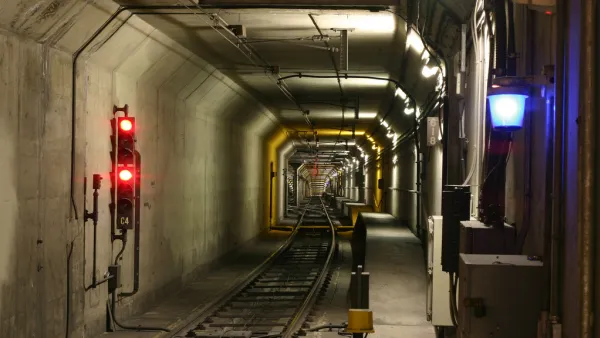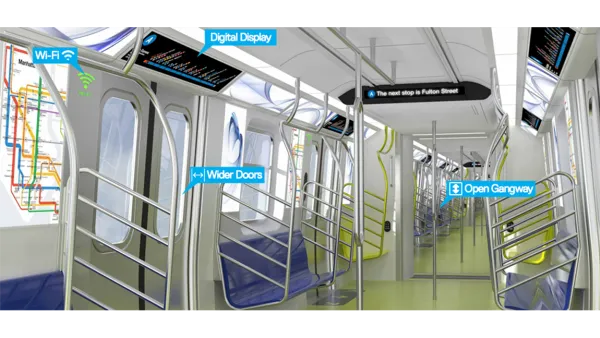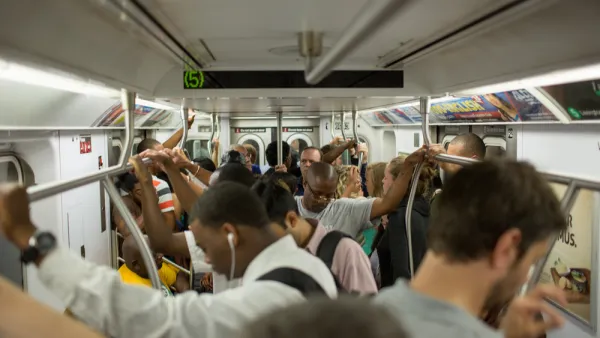New York City is lagging behind cities like London, Paris, and Tokyo in implementing Communications-Based Train Control (CBTC). A recent report provides recommendations on how to speed up the process.
Stephen J. Smith provides analysis of a recent report by the Regional Planning Association (RPA) about the implementation of Communications-Based Train Control (CBTC) on the New York City subway system.
As explained by Smith, CBTC is the remaining option for improving train service on urban transit systems like New York's—organizational fixes are maxed out, and construction is prohibitively expensive. But "London, Paris, Madrid and other cities in Western Europe are making great strides in equipping their generations-old lines with CBTC, while Japan has systems that achieve similar results." However, "New York City, as always, is the laggard."
The MTA, however, is targeting CBTC upgrades of 16 track-miles per year. "Up until now, the MTA has averaged only four track-miles of CBTC upgrades per year," reports Smith. The RPA report recommends 21 track-miles a year.
Smith's analysis provides additional insight into the complexities of upgrading the MTA system as well as more of the benefits of the switch, beyond increased speed and capacity in the system: "CBTC systems are also more resilient than complex traditional signaling systems. The L train’s transponders survived five days under the salt water that Sandy washed in, while the old 'fixed block' systems required much more work to get back in working order."
FULL STORY: Advanced Signaling Makes the Most Out of Old Subways, But Can New York Handle It?

National Parks Layoffs Will Cause Communities to Lose Billions
Thousands of essential park workers were laid off this week, just before the busy spring break season.

Retro-silient?: America’s First “Eco-burb,” The Woodlands Turns 50
A master-planned community north of Houston offers lessons on green infrastructure and resilient design, but falls short of its founder’s lofty affordability and walkability goals.

Delivering for America Plan Will Downgrade Mail Service in at Least 49.5 Percent of Zip Codes
Republican and Democrat lawmakers criticize the plan for its disproportionate negative impact on rural communities.

Test News Post 1
This is a summary

Test News Headline 46
Test for the image on the front page.

Balancing Bombs and Butterflies: How the National Guard Protects a Rare Species
The National Guard at Fort Indiantown Gap uses GIS technology and land management strategies to balance military training with conservation efforts, ensuring the survival of the rare eastern regal fritillary butterfly.
Urban Design for Planners 1: Software Tools
This six-course series explores essential urban design concepts using open source software and equips planners with the tools they need to participate fully in the urban design process.
Planning for Universal Design
Learn the tools for implementing Universal Design in planning regulations.
EMC Planning Group, Inc.
Planetizen
Planetizen
Mpact (formerly Rail~Volution)
Great Falls Development Authority, Inc.
HUDs Office of Policy Development and Research
NYU Wagner Graduate School of Public Service





























